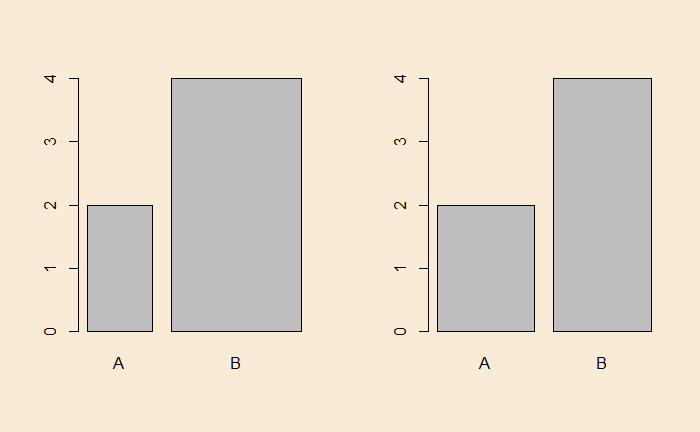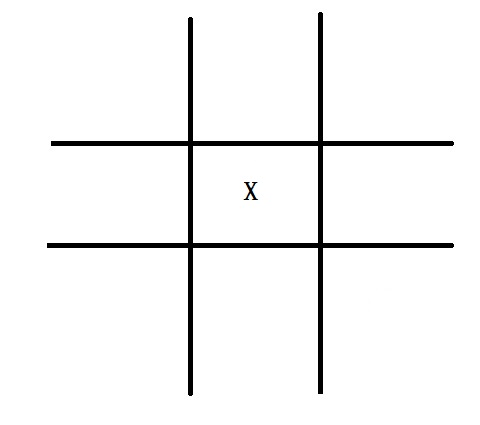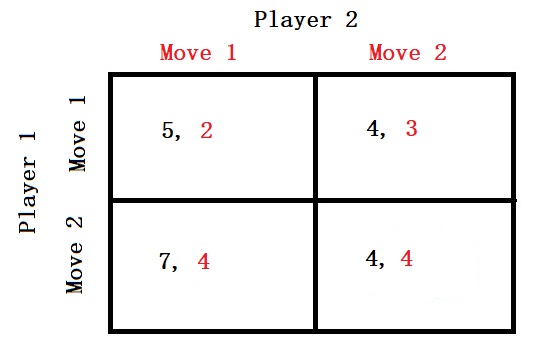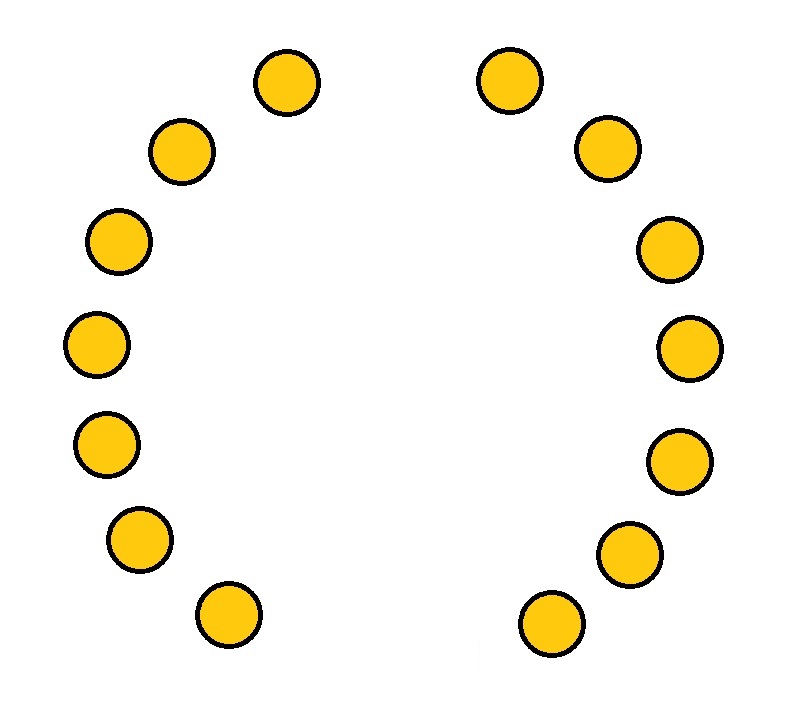The First to Reach 10
Amy and Becky are playing a coin-tossing game. Amy gets a point for heads, and Becky gets a point for tails. The first to reach ten points receives a $100 prize. If the game had to be stopped when Amy was leading at 8-7, how would they have split the prize?
Let’s evaluate Amy’s probability of winning the game when the score was 9-9. At 9-9, she has a 50% chance of winning.
If Amy is leading at 9-8, there is a 50% chance she wins, and 50% she reaches 9-9 (at 9-9, we know her probability of winning, i.e., 0.5). The final winning probability for 9-8 is 0.5 x 1 + 0.5 x 0.5 = 0.75.
At 9-7, Amy has a 50% chance to win and a 50% chance to reach 9-8 (at 9-8, Amy has a 0.75 chance to win). Her chance of winning from 9-7 is
0.5 x 1 + 0.5 x 0.75 = 0.875
At 8-8, Amy has a 50% chance to reach 9-8 win and a 50% chance to reach 8-9. Her chance of winning is
0.5 x 0.75 + 0.5 x 0.25 = 0.5
At 8-7, Amy has a 50% chance to reach 9-7 and a 50% chance to reach 8-8. Her chance of winning is
0.5 x 0.875 + 0.5 x 0.5 = 0.6875
So they split the prize, with Amy taking $68.75 and Becky $31.25.
The First to Reach 10 Read More »












